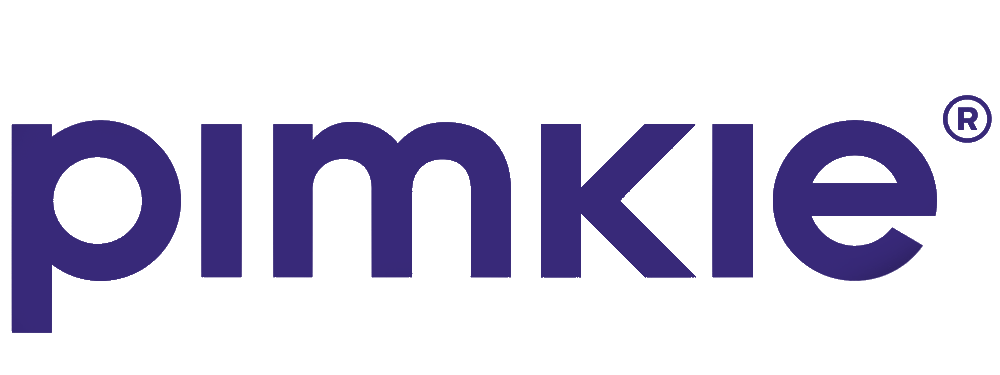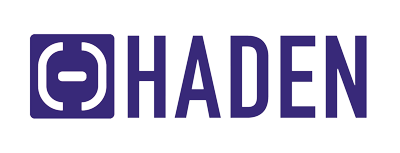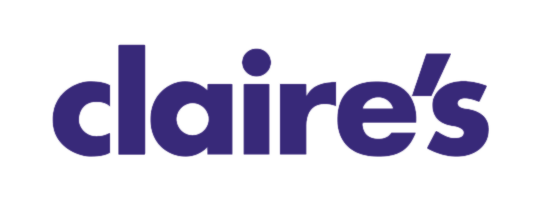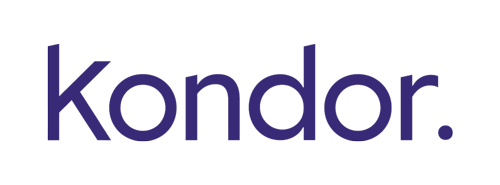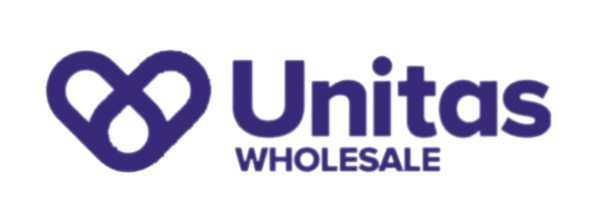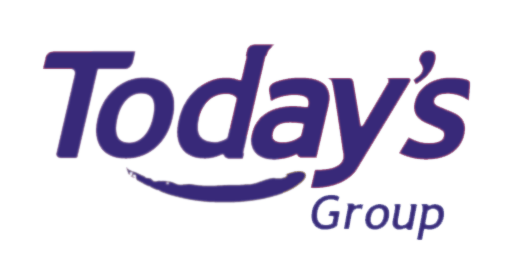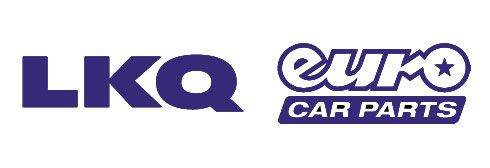Assortment Planning
Buying & Sourcing
Assortment Planning
They say a good Buyer can instinctively pull together a great range of products or assortment. For those of us who have been around long enough, we have this seen this happen many times. The traditional buyers “gut feeling”, the natural instinct for finding great products or even the famous “see it – like it – buy it” approach favoured by some buyers. However, modern retailing continues to become increasingly demanding on a multitude of levels. The relentless customer appetite for new, innovative products and first to market frequency of change. The business demands placed upon space, margin, product performance, distribution channels, cost to serve etc. This all without even mentioning new marketplaces in which to present new assortments to customers. There is a very clear picture emerging and many good reasons for change. However this all comes with a real risk of stifling that “instinctive” buyers ability to recognise great products and create great ranges if not carefully managed.
Freedom within a framework.
At Sigma we believe that good management information, simple assortment planning tools and a robust process are essential for the modern buyer to deliver on all fronts. We approach assortment planning with two thoughts front of mind. Firstly, what tools are required to maximise the buyers time creating fantastic product ranges for the customer, secondly what are the requirements of the business that the buyer needs to consider. Having answered both questions the task of creating efficient systems and process is much simplified. It is certainly not simply about installing an expensive or complex software programme that potentially adds layers of extended process. We believe that good assortment planning is it about creating “freedom within a framework” allowing buyers to be buyers and ensuring the business best supports the buying decisions and chosen assortments. If for whatever reason your business is not behind your assortment, clearly another question needs to be raised.

Good assortment planning requires more than a software solution.
Good assortment planning is effectively an iterative operational process and if operating effectively should deliver on several fronts including:
♦ Encouraging the selection of ranges to meet and exceed the customers expectations.
♦ Allowing buyers to be innovative, exploring new ways to shout out the brand values.
♦ Striving for higher rates of sale, stronger final margins to increase bottom line profit.
♦ Compelling seamless cross departmental integration and working.
♦ Developing solutions that can deliver ranges to the customer in the most reliable and profitable manner.
Product Lifecycle management.
Another component of assortment management is product lifecycle management, which as we all know is very simple to graph and illustrate. There are also many tools available on the market to support, however the reality is that this is often an area many find particularly challenging. It is an area that requires the blending of many parts, vision, strategy, robust management information, aligned planning and and experienced buying skills. This is also at the level where we hear frequent discussions around the “length of the assortment tail” those products (often a considerable number) that are not performing from a sales and profit perspective. SKU rationalisation also rears its head and assortment reduction strategies are proclaimed as way of reducing business cost to serve and multiple other benefits. Again all in themselves compelling, however when implementation is siloed or misaligned or without robust assortment planning in can present significant business risks. Ultimately driving the needle and customers in the wrong direction.

Product Lifecyle management a key component of assortment planning
Tools, Models and Process.
If your business is looking at ways to improve your assortment planning, we can help. Over the years we have supported many businesses to develop tools, implement process, create models and develop systems to improve their assortment planning. Using a combination of our in-house analytic tools, process mapping and operational understanding, we can help you understand the next steps in developing your operational process, management information and range performance. Having a clear understanding in all of these areas is a key part in understanding the solutions required. Whether that be the implementation of sophisticated product lifecycle management, off the shelf planning software or simply improving simple excel based tools. Modern assortment planning is no longer a collection of systems, information, process and departments working together, it is about creating a functioning framework to support frictionless and connected planning that delivers the best results for the business and customer.
Optimised assortment planning requires a seamless blending of your systems, process, management information and buying skills if you are to maximise your customer and brand proposition.
Give us a call to find out more about how we could help you.
